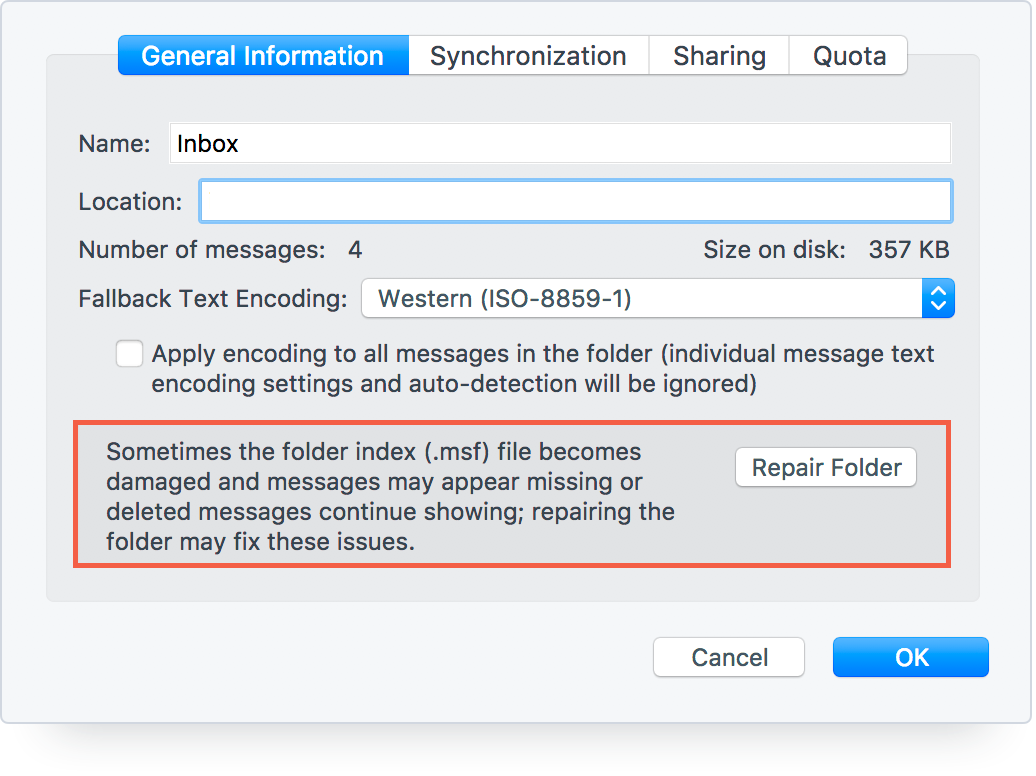

When you compose an email message and add people on the To, Cc, or Bcc line, Outlook suggests names as you type characters. This tool deletes all recent addresses instead of you having to manually delete addresses one at a time. The Reset Recent Addresses tool lets you reset recent addresses that Outlook stores. Exit the Default Mail Application tool.

In the Default Mail Application dialog box, select, and then select Make Default.

#Rebuild mac mail download#
Download and open the Default Mail Application tool. Outlook isn't the default email application until you change that setting. Selecting a mailto: link opens the default email application. Use this tool if you want Outlook to open a new email message when you select a mailto: link in an email message or on a website. 
The Default Mail Application tool lets you easily make Outlook the default mail application.
Exit the Outlook Reset Preferences tool. This closes Outlook if it's open, and then resets the preferences to their default settings. Download and open the Outlook Reset Preferences tool. Also, resetting Outlook preferences doesn't remove email messages or account settings. Note The Outlook Preferences file doesn't contain all the preferences for the application. This tool shouldn't be needed most of the time. This tool also stores the settings for the Outlook window size and position. Use this tool to reset any customizations that you've made to Outlook by using the Preferences option on the Outlook menu. The Outlook Reset Preferences tool resets all Outlook preferences to their default settings. A spotlight search will be slower and may not finish while the index is being repaired.Įxit the Outlook Search Repair tool when you receive the following message after the repair is completed: Outlook doesn't have to be open when the repair occurs. This may require an hour or more, depending on the size of your Outlook profile. That should solve your problem and rebuild all of your mailboxes.The Outlook Search Repair tool displays a "Reindexing, please wait" message while it works. Remember, you should only have to perform one of these methods, not both. For Lion through Yosemite (and possibly future OS's), it’s: sqlite3 ~/Library/Mail/V2/MailData/Envelope\ Index vacuumįor Snow Leopard, the command is: sqlite3 ~/Library/Mail/Envelope\ Index vacuum Open up Terminal and type the following command using the correct path for your operating system. The second method involves using Terminal. Once deleted, relaunch Mail and the file(s) will be rebuilt, along with your mailboxes. Quit Mail, then delete all the files in this folder that start with "Envelope Index." On Yosemite that will be three (3) files (Envelope Index, Envelope Index-shm, and Envelope Index-wal) on older versions of OS X it may be simply one file. Inside both of these folders are files that start with “Envelope Index” that store all your mailbox data, among other things. In Snow Leopard, this folder is ~/Library/Mail and in Lion and later (at least through Yosemite) it’s ~/Library/Mail/V2/MailData. The first is to navigate to a folder in your user directory. There are two methods to rebuild your entire mail library, including all of your mailboxes.







 0 kommentar(er)
0 kommentar(er)
